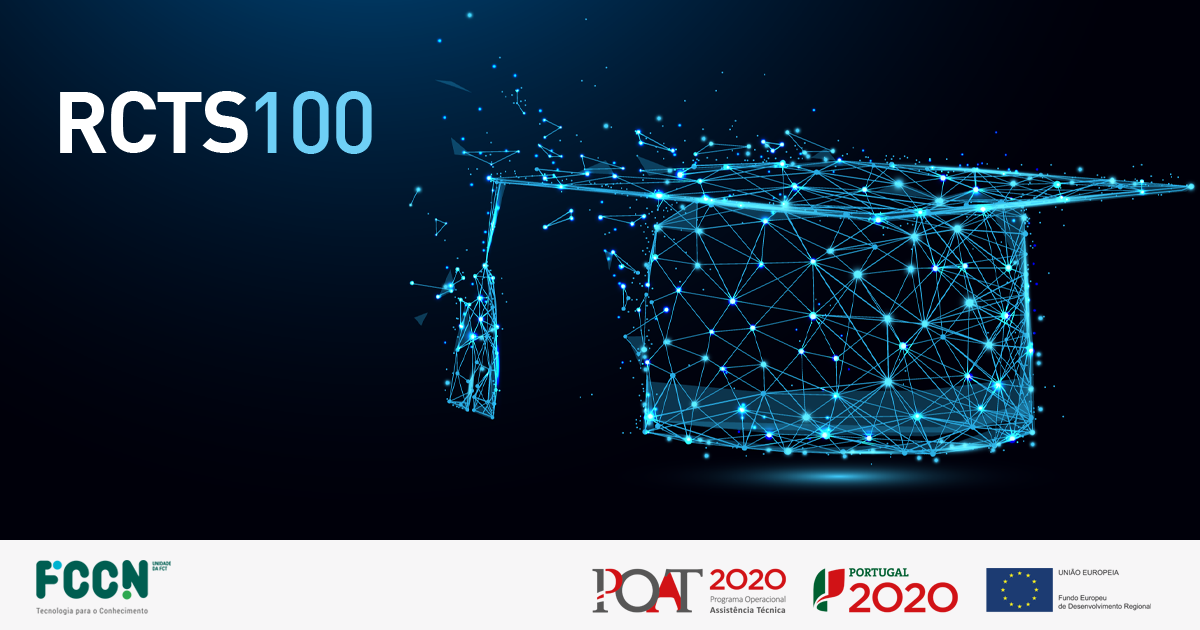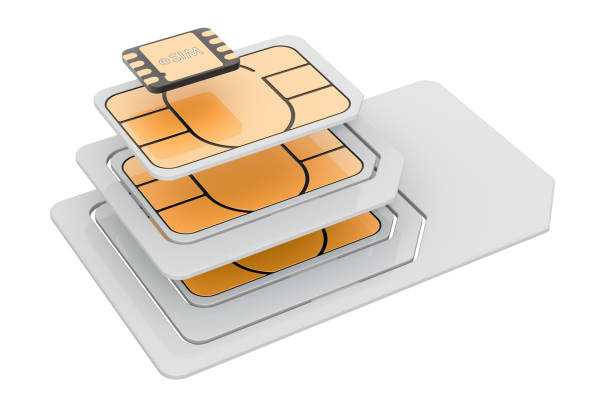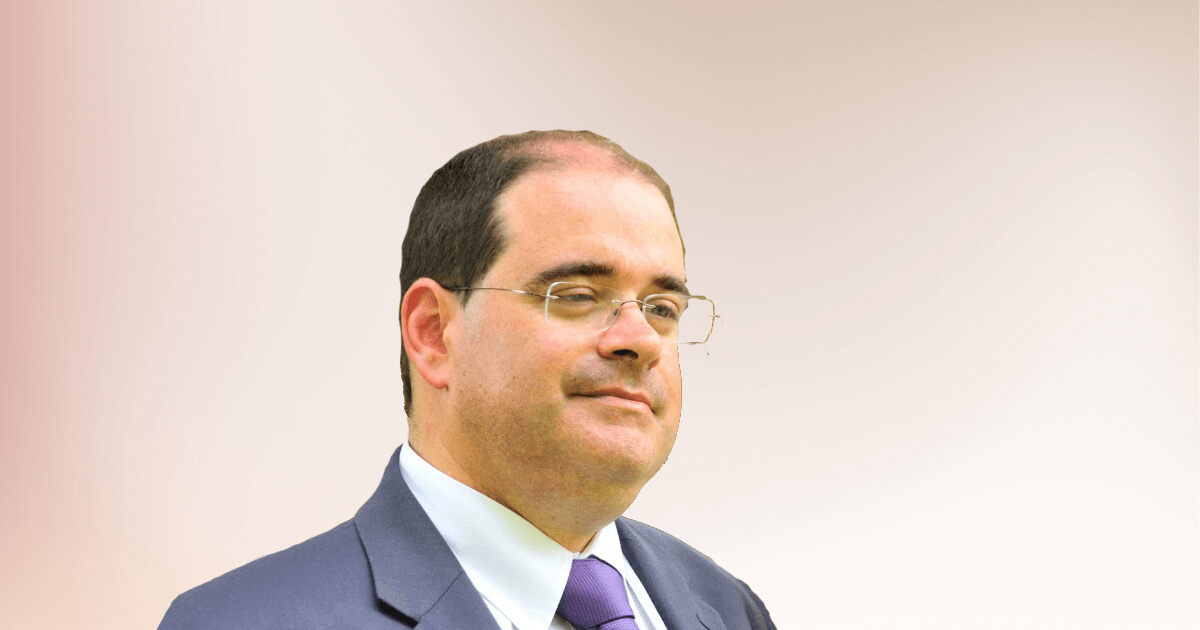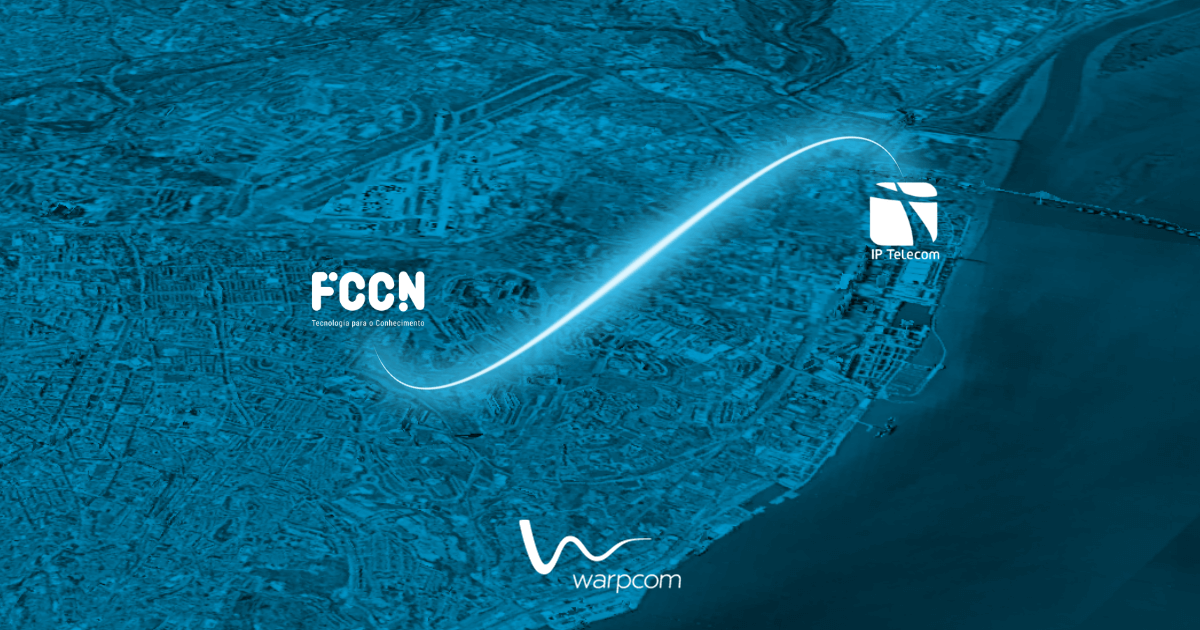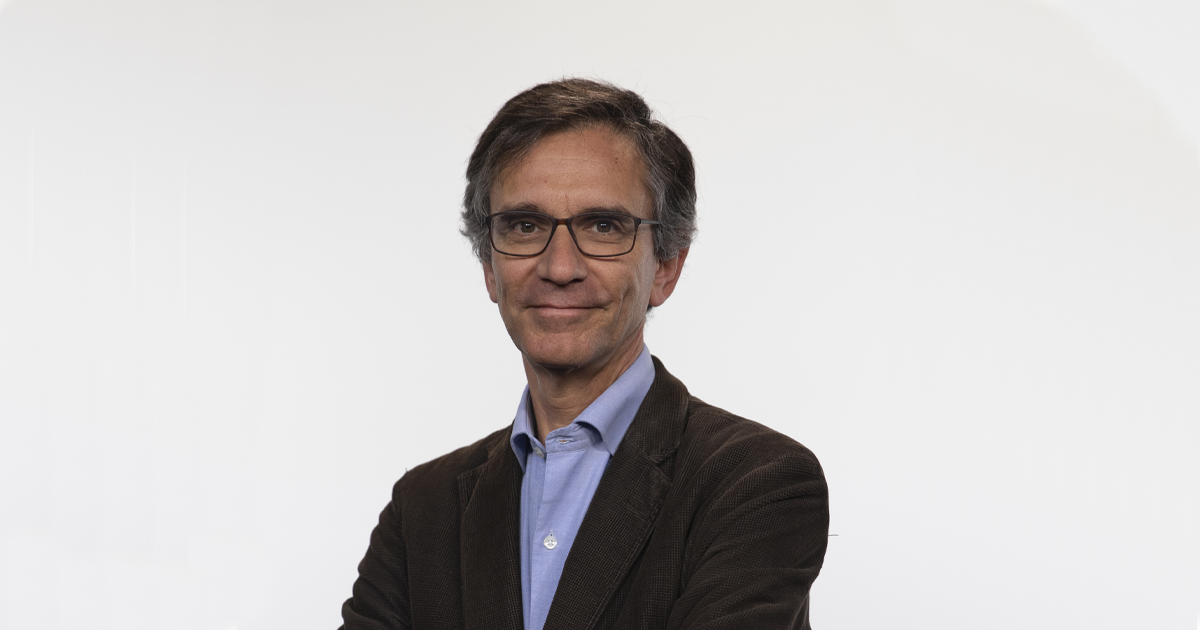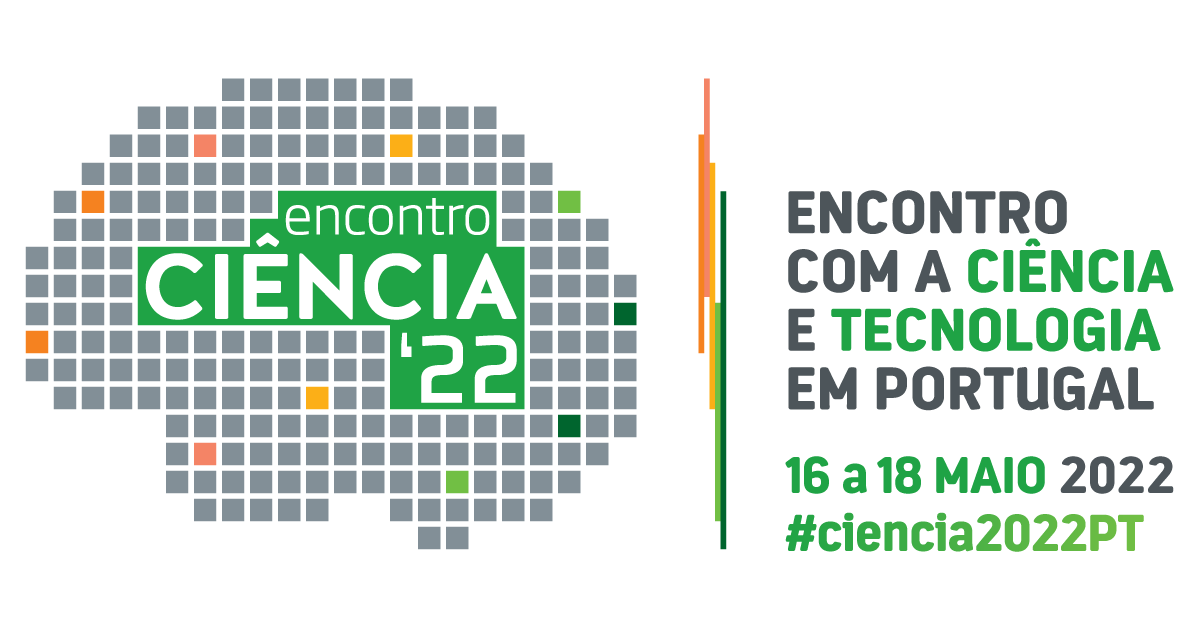Saiba tudo sobre o RCTS100, o projeto que atualiza tecnologicamente a rede nacional de ensino e investigação – a Rede Ciência, Tecnologia e Sociedade (RCTS).
Foi a 1 de outubro de 2017 que tudo começou, com o início oficial do RCTS100. Com um investimento total de 17 milhões de euros, 13 dos quais provenientes do Fundo Europeu de Desenvolvimento Regional (FEDER), a iniciativa antecipava um horizonte de execução de cerca de três anos, com a pandemia passou a estar prevista a sua conclusão até ao final de 2022. O objetivo temático então inscrito no projeto era simples e ilustrativo da sua importância: “Reforçar a investigação, o desenvolvimento tecnológico e a inovação”.
Para tal, ao longo dos últimos cinco anos, o RCTS100 tem vindo a alargar a infraestrutura de fibra ótica da rede nacional de ensino e investigação e a garantir a sua atualização tecnológica. “Estamos a construir uma RCTS de nova geração”, sublinhava a Diretora de Área de Serviços de Rede da Unidade FCCN, Ana Pinto, numa entrevista publicada em janeiro de 2021. Paralelamente, o projeto permitiu ainda capacitar internamente as redes internas de nove entidades de ensino superior público.
Desta forma, o projeto RCTS100 teve repercussão um pouco por todo o país. Para além da ativação de novas rotas da infraestrutura de fibra ótica, que possibilitaram atualizar as ligações a várias instituições de ensino superior, foi ainda possível criar dos novos anéis na rede. Estes esforços enquadram-se no objetivo de tornar a rede mais escalável, quer em termos do número de serviços fornecidos, quer no aumento da redundância e resiliência a falhas.
Combater as desigualdades
O termo “digital divide” aplica-se às diferenças sentidas, em pontos do país distintos, no que diz respeito aos serviços de conectividade disponíveis. No caso da RCTS, a sua infraestrutura de fibra situava-se, na sua maioria, no litoral do país e nas zonas metropolitanas de Lisboa e do Porto. Isto resultava em diferenças significativas entre os serviços aí disponibilizados e os que eram acessíveis às entidades de ensino e investigação localizadas no interior norte ou no sul do país.
O projeto RCTS100 procurou responder a esta necessidade. Ao uniformizar o acesso à fibra e ativar um sistema de transmissão ótica com cobertura nacional, foi possível garantir iguais condições de acesso à rede, independentemente da localização da entidade aderente. Neste momento, as entidades de ensino e investigação da RCTS localizadas no sul ou no interior norte podem já aceder a múltiplos serviços a 100Gbps.
Ao longo dos últimos meses, a Unidade FCCN tem vindo a partilhar o testemunho de responsáveis ligados a várias entidades da RCTS, através do seu blog. Os responsáveis entrevistados destacam o papel que este projeto tem no dia a dia das suas instituições. “A ligação do Politécnico de Guarda à rede nacional de ensino e investigação a 100Gpbs é fundamental para dar resposta às necessidades”, destaca o coordenador do Centro de Informática do Politécnico da Guarda, João Paulo Valbom.
A mesma ideia é partilhada pelo presidente do Politécnico de Viseu, José dos Santos Costa: “A ligação do Politécnico de Viseu à rede nacional de ensino e investigação a 100Gpbs é de extrema relevância”.
Estas mudanças são também vistas como essenciais para dotar a RCTS de capacidade para enfrentar os desafios do presente e do futuro.
Num contexto em que a pandemia acelerou os processos de transformação digital, as entidades de ensino e investigação a criaram novas soluções e alargaram os seus mercados de atuação, numa lógica de uma educação global. “Esta globalização tem de ser garantida sem restrições e com elevada capacidade de comunicações”, explica Ana Pinto, antes de concluir: “o RCTS100 vem, precisamente, garantir e suportar a transição em curso”.
*Projeto cofinanciado pelo Programa Operacional de Assistência Técnica, Portugal 2020 e União Europeia, através do Fundo Europeu de Desenvolvimento Regional
